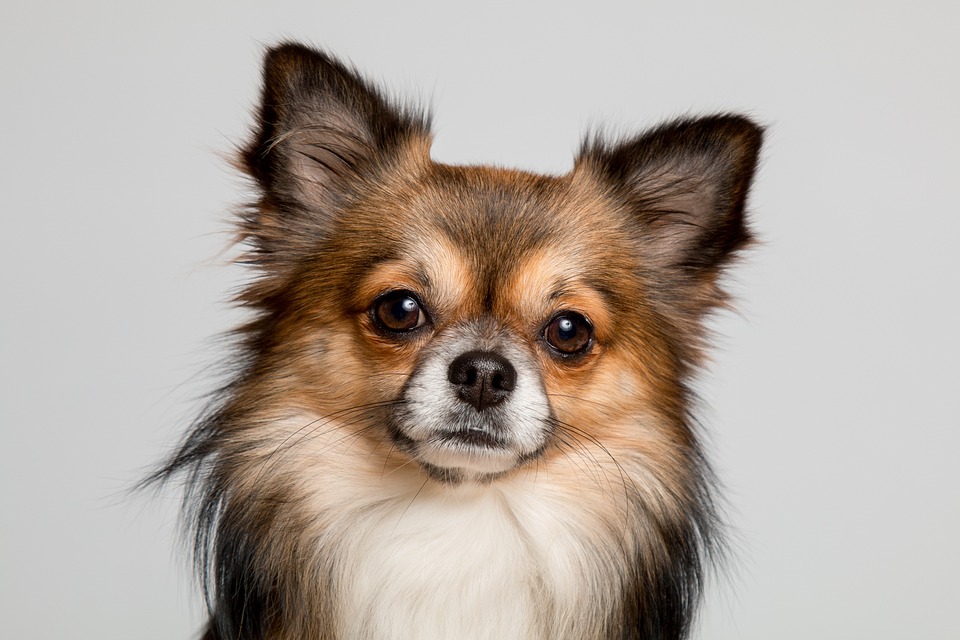**Understanding Dog Behavior: Insights into Canine Impulse Control**
Unleashing the Secrets behind Canine Impulse Control
Introduction
Dogs are fascinating creatures that bring immense joy and companionship into our lives. However, their behavior can sometimes be puzzling, especially when it comes to impulse control. Understanding why dogs act on their impulses is crucial for their training, overall well-being, and the harmonious coexistence of humans and canines. In this article, we will delve into the world of canine behavior, shedding light on impulse control and providing valuable insights for dog owners and enthusiasts.
What is Canine Impulse Control?
Impulse control refers to a dog’s ability to resist immediate gratification and make rational, well-thought-out choices instead. Just like humans, dogs possess innate instincts and desires that may sometimes override their training and obedience. By developing impulse control, dogs learn to manage and regulate their behavior, allowing them to respond better to commands and navigate social situations with ease.
Factors Influencing Canine Impulse Control
Several factors contribute to a dog’s impulse control, including genetics, breed characteristics, early socialization, training methods, and individual temperament. Understanding these factors can help dog owners tailor their approach to training and behavior modification effectively.
The Role of Genetics and Breed Characteristics
Genetics play a significant role in shaping a dog’s impulse control. Some breeds, such as Border Collies and German Shepherds, are known for their high impulse control and trainability, thanks to generations of selective breeding. On the other hand, breeds with a stronger prey drive, like Terriers, may display lower impulse control due to their instinctual need to chase and hunt.
Early Socialization and Training
Early socialization and training play a vital role in shaping a dog’s impulse control. Puppies who have positive experiences and exposure to various stimuli during their critical socialization period (typically between 3 and 14 weeks) tend to develop better impulse control and adaptability. Proper training techniques, such as reward-based methods, can also reinforce impulse control behaviors.
Understanding Individual Temperament
Every dog has a unique temperament, which affects their impulse control. Some dogs may naturally possess a stronger ability to control their impulses, while others may require more guidance and training. Recognizing and respecting individual temperaments helps in tailoring training methods to suit each dog’s specific needs.
Techniques for Enhancing Canine Impulse Control
There are several effective techniques that dog owners can utilize to enhance their canine companion’s impulse control.
1. Reward-Based Training: Positive reinforcement training methods, such as clicker training, can be highly effective in promoting impulse control. By rewarding desired behaviors, dogs learn to associate self-control with positive outcomes, encouraging them to repeat those behaviors.
2. Structured Exercises: Engaging dogs in structured exercises, such as obedience training, puzzle toys, and scent work, helps develop their impulse control. These activities require dogs to focus, follow instructions, and resist impulsive actions, contributing to improved self-discipline.
3. Desensitization and Counter-conditioning: Gradual exposure to triggering stimuli, combined with positive reinforcement, can help dogs develop impulse control in challenging situations. Desensitization and counter-conditioning techniques help dogs associate previously reactive stimuli with positive outcomes, reducing impulsive reactions.
4. Consistency and Clear Communication: Establishing consistent rules and boundaries, along with clear communication, is essential for promoting impulse control. Dogs thrive in structured environments where expectations are clear, allowing them to make more controlled choices.
FAQs: Understanding Canine Impulse Control
Q1: Are some dog breeds naturally better at impulse control than others?
A1: Yes, genetics play a significant role in a dog’s impulse control. Breeds selectively bred for work and obedience tend to possess better impulse control.
Q2: Can impulse control be taught to an adult dog?
A2: Absolutely! While it may require more time and patience, adult dogs can still learn and improve their impulse control through consistent training and positive reinforcement.
Q3: Is lack of impulse control a sign of aggression?
A3: Not necessarily. Lack of impulse control can manifest in various behaviors, including hyperactivity, jumping, or excessive barking. It is important to address impulse control issues early to prevent them from escalating into more significant behavioral problems.
Q4: How long does it take to see improvements in a dog’s impulse control?
A4: The time required to see improvements in a dog’s impulse control can vary depending on factors such as the dog’s temperament, previous training, and consistency of training methods. Generally, with consistent training, improvements can be seen within a few weeks to a few months.
Conclusion
Understanding canine impulse control is an essential aspect of dog ownership and training. By recognizing the factors influencing impulse control and using effective techniques, dog owners can help their furry friends develop self-discipline, leading to better behavior and a happier, harmonious relationship between humans and canines. Remember, patience, consistency, and positive reinforcement are key in unlocking the secrets of canine impulse control.









